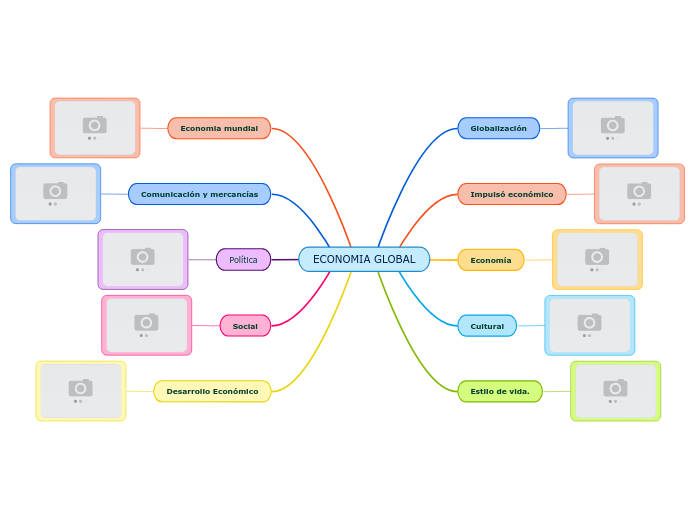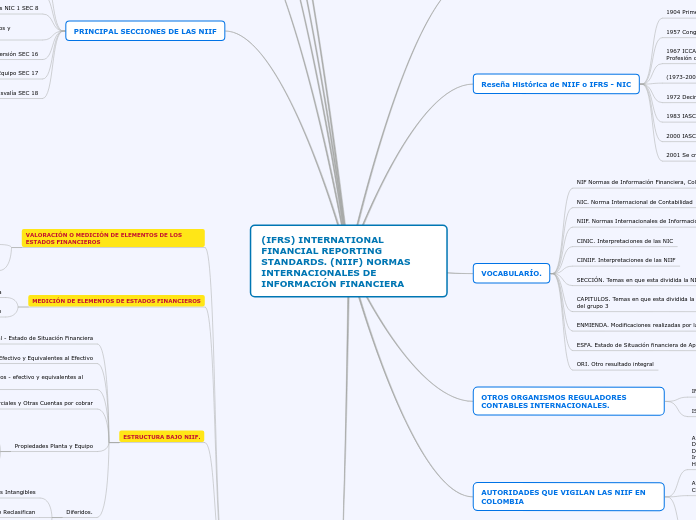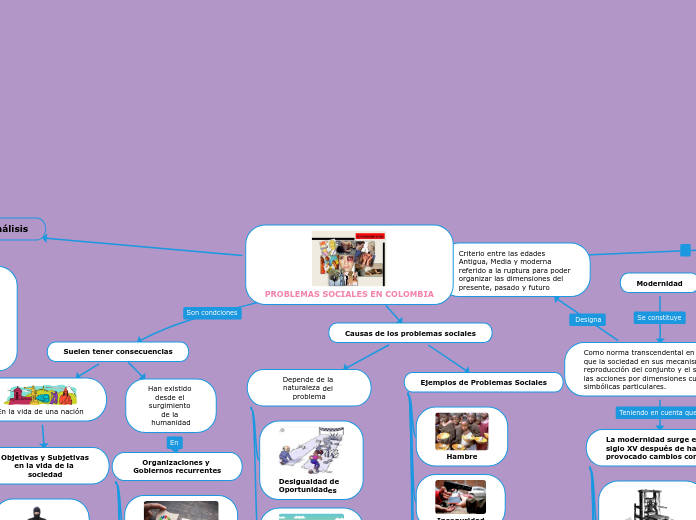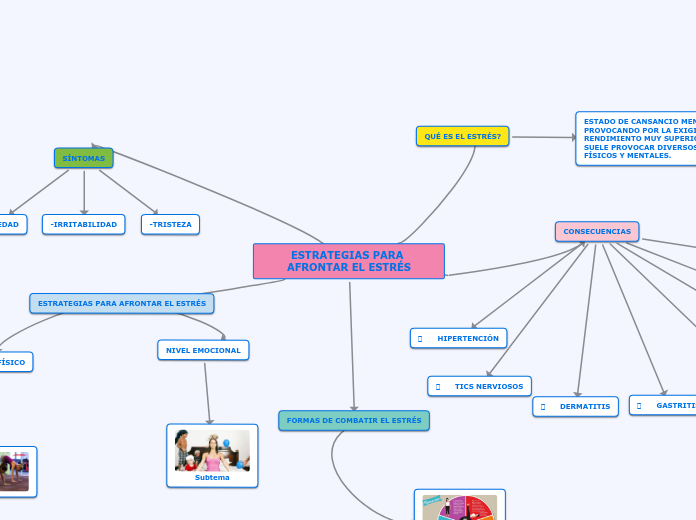¿Que paso en los '90?
El Sector Agroindustrial Argentino
To name your story, you have to think about the overall message and what you want your audience to understand from the story. Also, make it relevant and easy to remember.
Consecuencias de las Políticas implementadas
The ending of a story is essential. We all know that if the ending is weak, what happened before loses its importance. So make it unpredictable, but fair. A resolved ending answers all the questions and ties up any loose threads from the plot.
Se intensificó el proceso de concentración económica
Las empresas transnacionales pasaron a tener un papel importante en los complejos agroindustriales exportadores
Por el avance de la extranjerización en el sector agroindustrial
Perjudicaron a los pequeños productores
Aumento las tasas de interés de los créditos, endeudándolos
Aumento el costo de flete por la privatización de la ruta
No pudieron competir contra el mercado de cereales y oleaginosas
Las EAP bajaron un 20% en el país, y un 30% en la pampa
Try answering these questions in order for you to come up with a closure:
- Have all problems been solved?
- Is it clear what happens with all your characters in the story?
- Has the challenged transformed your main character?
- How do the characters feel in the end?
Surgió el Pool de sembra
This is the closure section of the story.
See examples of possible outcomes below:
- all problems have been solved
- it's clear how each one of your characters ends up
- your main character is transformed by the challenge
Utilizaban tecnologías de punta
Difundió la producción de cereales y oleaginosas por los buenas precios en el mercado internacional
Nueva forma de producción, en la que la inversión procedía de ájenos al sector agroindustrial
Try answering these questions to come up with a closure:
- Have all the problems been solved?
- Is there a clear picture of what happens with each character in the story?
- Has the challenge transformed your main character?
- How do the characters feel in the end?
Favorecieron a los grandes productores
This is the moment when the main character surpasses the last obstacle and finally faces their greatest challenge.
The climax usually follows one of these patterns:
- realization
- resolution
- choice
Type in your answer.
Alcanzaron un modelo productivo que permitió abaratar los costos de producción por la adquisición de grandes volúmenes de insumos
Sobrellevaron los vaivenes de los precios internacionales
Ampliaron la escala de producción
Incorporaron nuevas tecnologías
El gobierno implemento políticas de liberalización económicas, entre ellas:
The middle of the story is where you add layers of complications that will lead to the end. Reveal more about the character's journey. Did their personality go through changes? How did they overcome the challenges? And as you build up the story’s central conflict, make it more personal to that character. Also, from the middle act, you have to lead into the final act.
Entre otras políticas
El cierre de numerosos ramales de ferrocarriles
La privatización de las rutas
La liberalización de los mercados
There wouldn't be any tension and excitement in your story if there weren't any obstacles in your character's way.
Permitió el acceso a bienes importados a precios más reducidos
Rebajo los aranceles a la importación de insumos y productos agropecuarios
A story is nothing more than a character overcoming a series of difficulties to reach the desired goal. Obstacles usually create suspense and conflict. In overcoming obstacles, there is growth: weak becomes strong; hatred turns into love; sadness into happiness; wrong into right; lies into truth; or evil becomes good.
See a few examples below:
- stopping a meteor
- finding a killer
- finding love
La eliminación de impuestos
Your character(s) need(s) motivation in order to solve the challenge(s).
Permitió
Secondary characters might also have motives that lead them to cross paths with the main character or which might trigger them to help the main character.
Aumentar los precios de los productos agropecuarios consumidos en el país
Aumentar el ingreso de los trabajadores
Como las retenciones
Why does your character need to confront this challenge? What does he/she expect to accomplish by solving it?
See a few examples:
- will marry in 3 days
- can fix the mistakes of the past
Generaba recursos para el Estado
Tenía la función de bajar el valor interno de los productos agrícolas internos
La disolución de
Each story has a main character and that character usually needs to solve a problem or challenge. The character's challenge is the one that creates tension throughout the story.
La Dirección del Azúcar
La junta Nacional de Granos
Type in any other challenges which other characters in the story need to face.
Esto ocasiono que los productores queden expuestos al mercado internacional, al no haber organismos que controlen el comercio y mercado internos
La Junta Nacional de Carnes
In most stories, there are 3 challenges. The number 3 is a mystical number symbolizing completeness. Try to come up with interesting challenges with which your character needs to struggle.
See a few examples below:
- turns into a werewolf at night
- is sent back in time
¿Qué es?
In the beginning of the story (or the exposition), you will need to introduce the setting and characters. You might also want to introduce the main conflict. This part of the story is important because it gives the reader necessary background information and maybe even a first insight into a character’s personality.
Gracias a la globalización aumento la producción y comercialización de los productos agroindustriales
Es el espacio económico que engloba a todas las etapas de todos los circuitos agroproductivos










